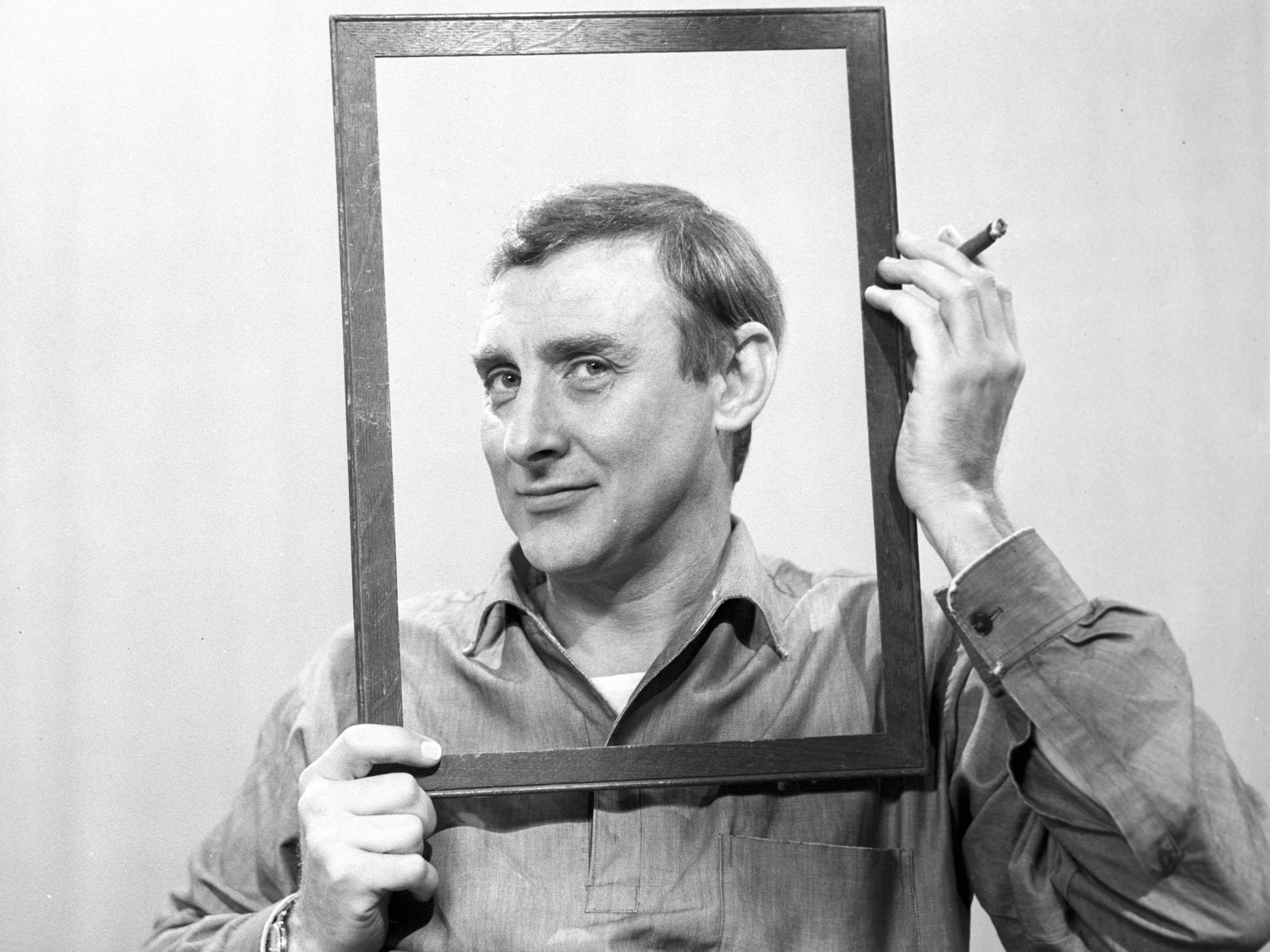Skunk Hour (for Elizabeth Bishop) by Robert LowellNautilus Island's hermit
heiress still lives through winter in her Spartan cottage;
her sheep still graze above the sea.
Her son's a bishop. Her farmer is first selectman in our village;
she's in her dotage.
Thirsting for
the hierarchic privacy
of Queen Victoria's century
she buys up all
the eyesores facing her shore,
and lets them fall.
The season's ill-
we've lost our summer millionaire,
who seemed to leap from an L. L. Bean
catalogue. His nine-knot yawl
was auctioned off to lobstermen.
A red fox stain covers Blue Hill.
And now our fairy
decorator brightens his shop for fall;
his fishnet's filled with orange cork,
orange, his cobbler's bench and awl;
there is no money in his work,
he'd rather marry.
One dark night,
my Tudor Ford climbed the hill's skull;
I watched for love-cars. Lights turned down,
they lay together, hull to hull,
where the graveyard shelves on the town....
My mind's not right.
A car radio bleats,
'Love, O careless Love....' I hear
my ill-spirit sob in each blood cell,
as if my hand were at its throat...
I myself am hell;
nobody's here-
only skunks, that search
in the moonlight for a bite to eat.
They march on their solves up Main Street:
white stripes, moonstruck eyes' red fire
under the chalk-dry and spar spire
of the Trinitarian Church.
I stand on top
of our back steps and breathe the rich air-
a mother skunk with her column of kittens swills the garbage pail.
She jabs her wedge-head in a cup
of sour cream, drops her ostrich tail,
and will not scare.













